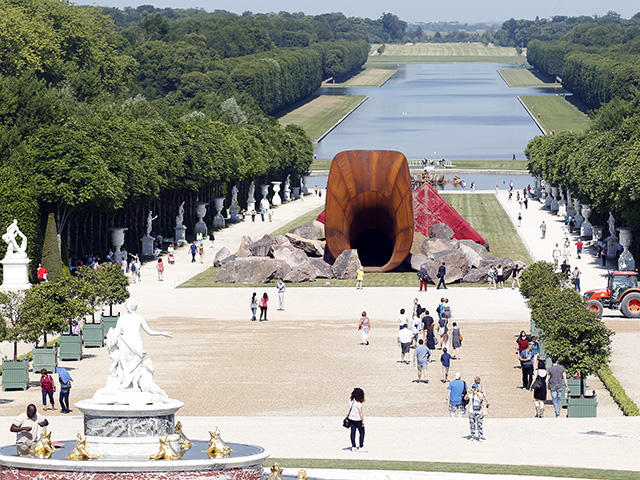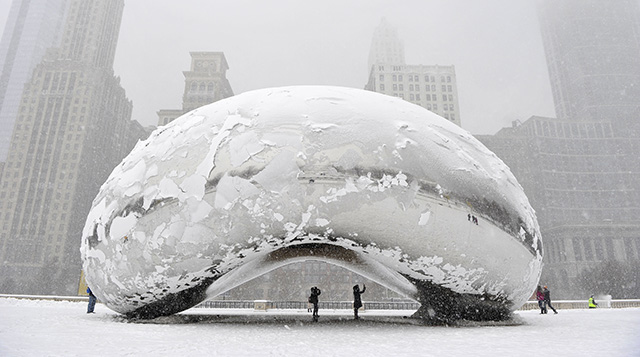Public art has long existed in the form of memorials, monuments and civic statutory, with sculpture being the most common form, largely for practicality’s sake so as to withstand the worse effects of external elements. As times change and art trends evolve, the message and aesthetic considerations of this form have changed just as radically. Here are three artists whose groundbreaking sculptures have transformed the environments they inhabit.
Realm of the Senses: Sir Anish Kapoor
Mumbai born but London based sculptor Sir Anish Kapoor’s work has never shied away from controversy, and his public sculptures are as adventurous in form as they are feats of engineering. The sensuality and intimacy of his earlier work has multiplied exponentially in budget and size, now claiming superlatives like Britain’s largest public sculpture—a title befitting the kinetic (and very tall), Orbit, erected for the London Olympics. In recent times, his work entitled Dirty Corner—a 60-metre long, 10-metre high rusty steel sculpture resembling a funnel in the form of an orifice placed at the Palace of Versailles—courted headlines again when it was vandalized. But more interestingly is perhaps Kapoor’s Ark Nova, an inflatable mobile concert hall designed to tour the tsunami hit areas of Japan.



Man of Steel: Eduardo Chillida
Despite forsaking architecture school for the art academy, Spanish artist Eduardo Chillida’s work betrays his early training with his powerful manipulation of materials and masterful use of context. Dabbling in plaster during his time in Paris gave way to iron, then wood and steel when he returned to his home country. These materials represented the Basque traditions of industry and agriculture, and signified the genesis of a distinguished career. Chillida has created monumental public pieces for cities such as Barcelona, Guernica, Seville, Paris, Frankfurt and Dallas, although his seminal work remains Peine del Viento (Wind Combs) – a dramatic grouping of three forms embedded in the rocky coast of San Sebastian, the town where he was born and died.


Natural Selection: Isamu Noguchi
Design aficionados may remember Isamu Noguchi for his distinctive curved glass top table for Herman Miller, while many a Ikea rice paper light owe their debt to his Akari Light Sculptures. But the half American, half Japanese Noguchi was also known as one of the 20th century’s most important and critically acclaimed sculptors. Traversing disciplines and continents with consummate ease, Noguchi’s work—at once subtle and bold, traditional and modern—was marked with a duality reflecting the tension he wrestled with throughout his life being of mixed ethnicity. His belief in the social significance of sculptures gained currency in his birth country in 1938, when he completed a large-scale sculpture symbolising the freedom of press in Rockefeller Center, New York City. This was the first of what would become numerous celebrated public works worldwide, ranging from playgrounds to plazas, gardens to fountains.


| SHARE THE STORY | |
| Explore More |




